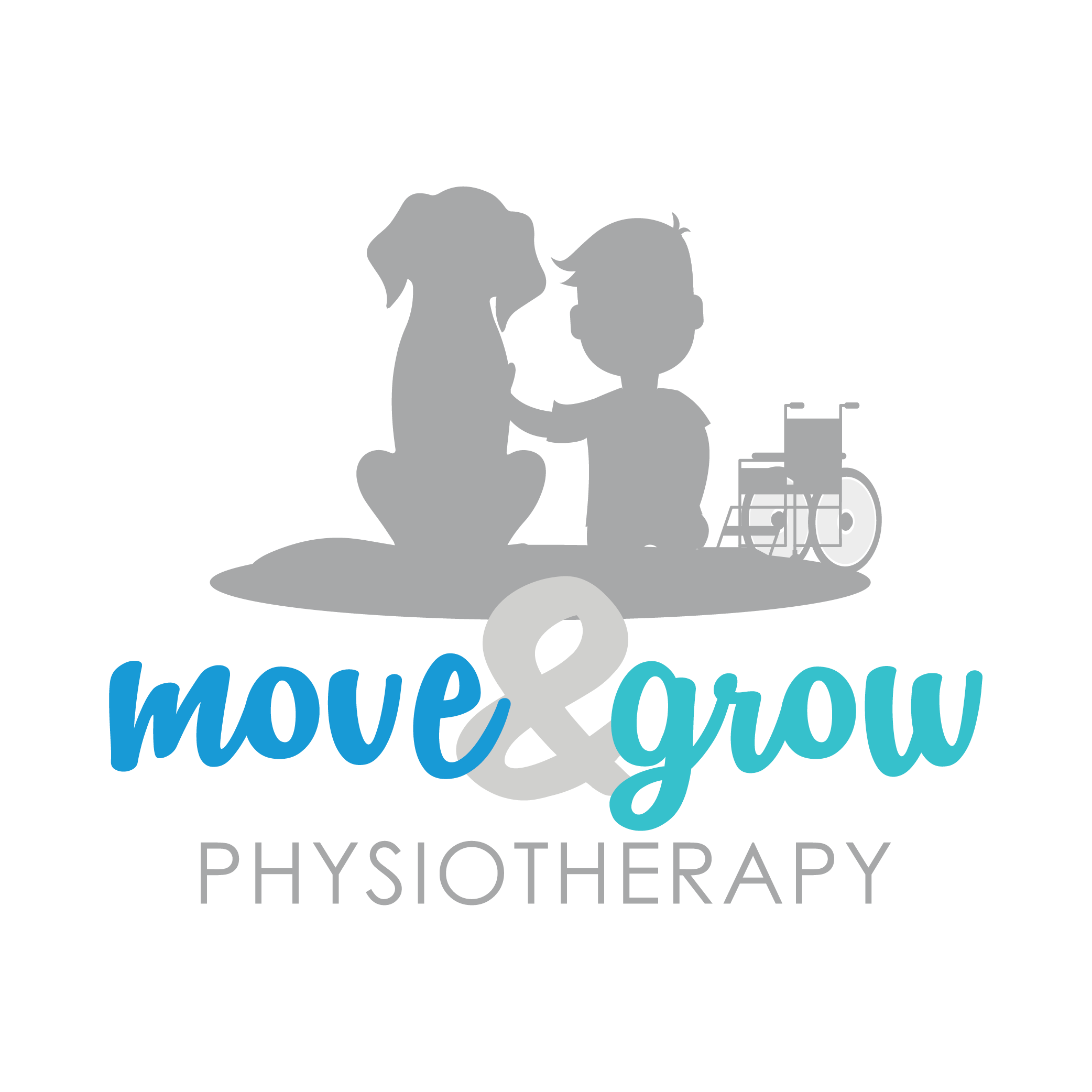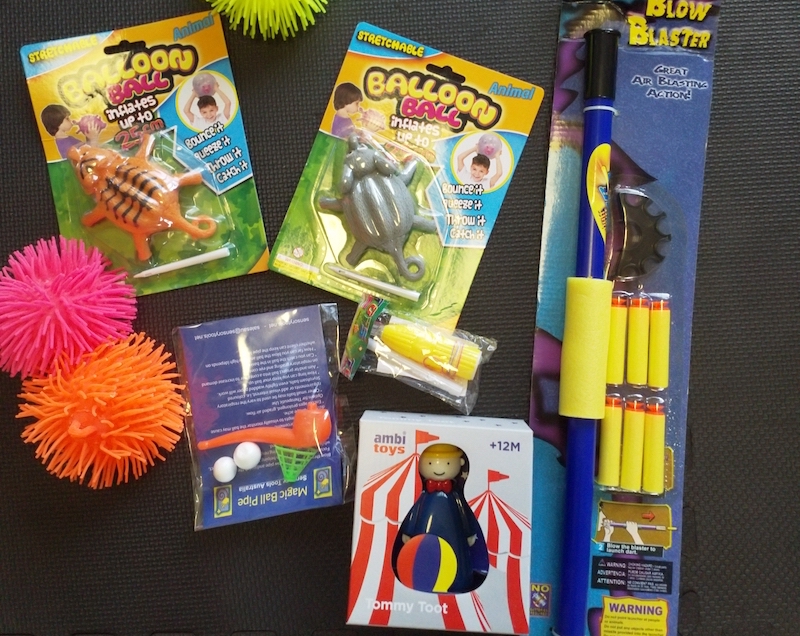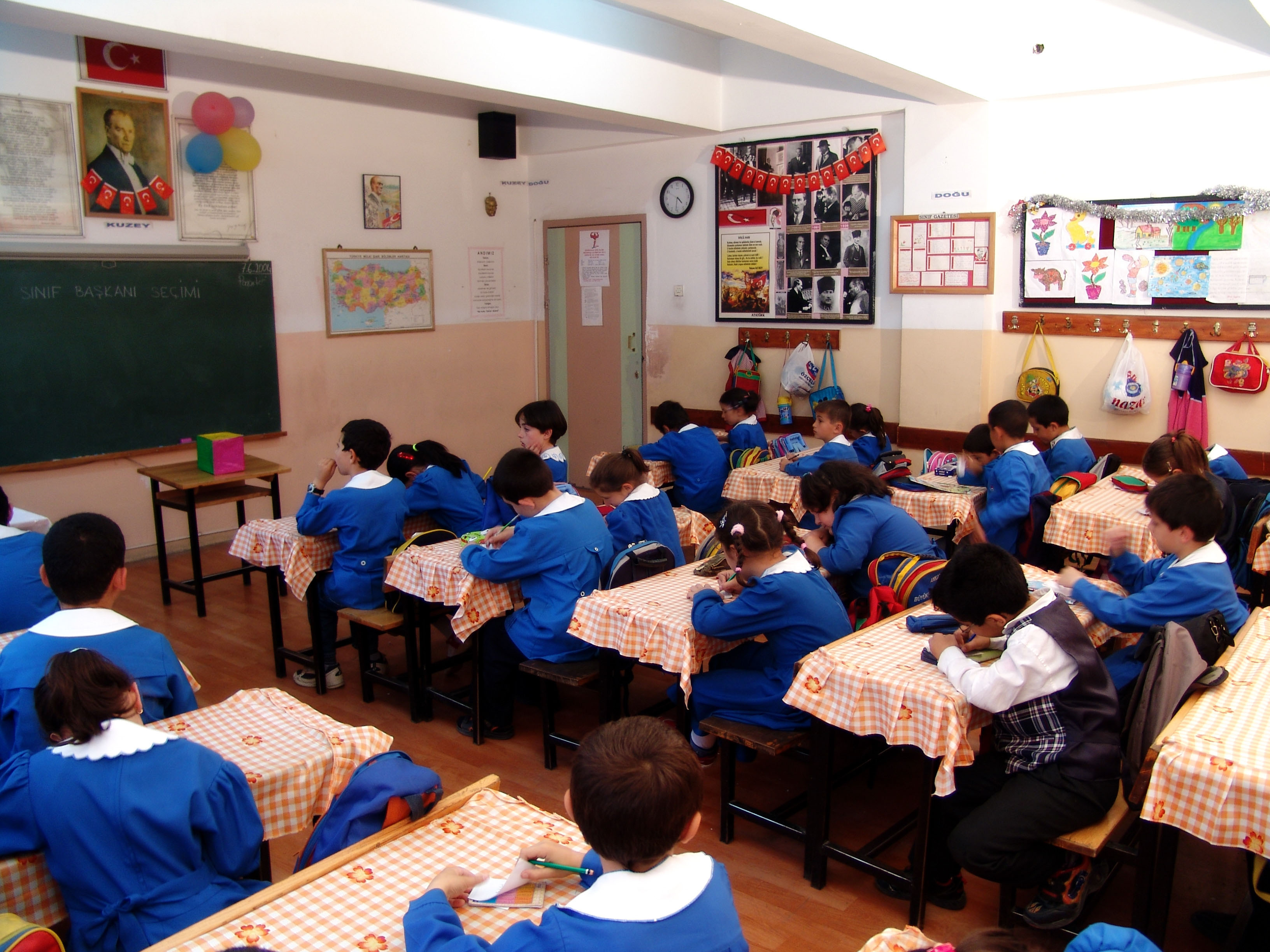What are fidgets anyway? Am I talking about fidget spinners (it’s literally in the name, but no)? Fidgets are anything that can be held and fidgeted with while watching and listening to something else, preferably in one hand.
Lets be honest, watch some adults in the next meeting you are in. How many fiddle with their hair, jewellery, doodle on the agenda, cross their legs (then uncross them, twenty times), click the pen, chew the pen, eat something, chew gum. Probably all of them! So why do schools seem to think that kids can sit perfectly still and pay attention!?
Some studies have shown that children with attention disorders concentrate better when allowed to move, but typically developing children had more difficulty focusing in movement or noises are happening while they are trying to focus. Other studies have shown that small amounts of movement increase release of neurotransmitters important for attention and focus. Another study suggests that that using a sense different to one required for the primary task helps focus. For example listening to music while reading helps improve focus on the reading task. Studies in schools have also shown that children were able to concentrate better on work, stay focused longer and get more questions correct when chewing gum or eating crunchy foods like carrot sticks and rice crackers.
The thing with paying attention, is that everyone is different. Some people might need to sit still and have a good line of sight to be able to focus; Some people focus better if they are looking away and scribbling, or wiggling or walking. We need to do some trial and error, and make some educated guesses about what will most likely work for each individual child and what “fidget tools” just aren’t going to work.
Time to talk about fidget spinners. They are the worst option for a fidget tool. The fidget spinner takes both hands to work properly, you need to focus on it to keep it balanced and spinning for as long as possible and they became super fashionable, so all the kids want to watch / play / compare/ complete.
Instead look for small items that can be held in one hand and moved without looking:
Tiny stretchy toys, runner bands, hair ties can be looped over fingers, stretched and playing with one or two hands.
Little spiky rubber balls (tiny ones, the size of a 10cent coin) can be held in one hand and squeezed or rolled between fingers.
Beaded bracelets or chewable jewellery allow chewers to fidget with their hands or mouth.
Squeeze / stress balls can be held in one hand and squeeze firmly for those kids who like deeper pressure.
Buttons can be sewn to the inside hem of school shirts to allow a little hidden fidget and different texture. This is also good for kids who might throw or lose a loose fidget.
Some children work better for oral motor fidgets – these kids suit chewable jewellery or gum, crunchy foods like carrots or crackers or drinking thick drinks through a small straw. These options might not work at school, they tend not to like gum…. But try them at home during homework time.
Just try to find things are aren’t too exciting to look at, don’t make noise and aren’t the current fad. They should be subtle and, in some cases, not even noticed by the rest of the class!



